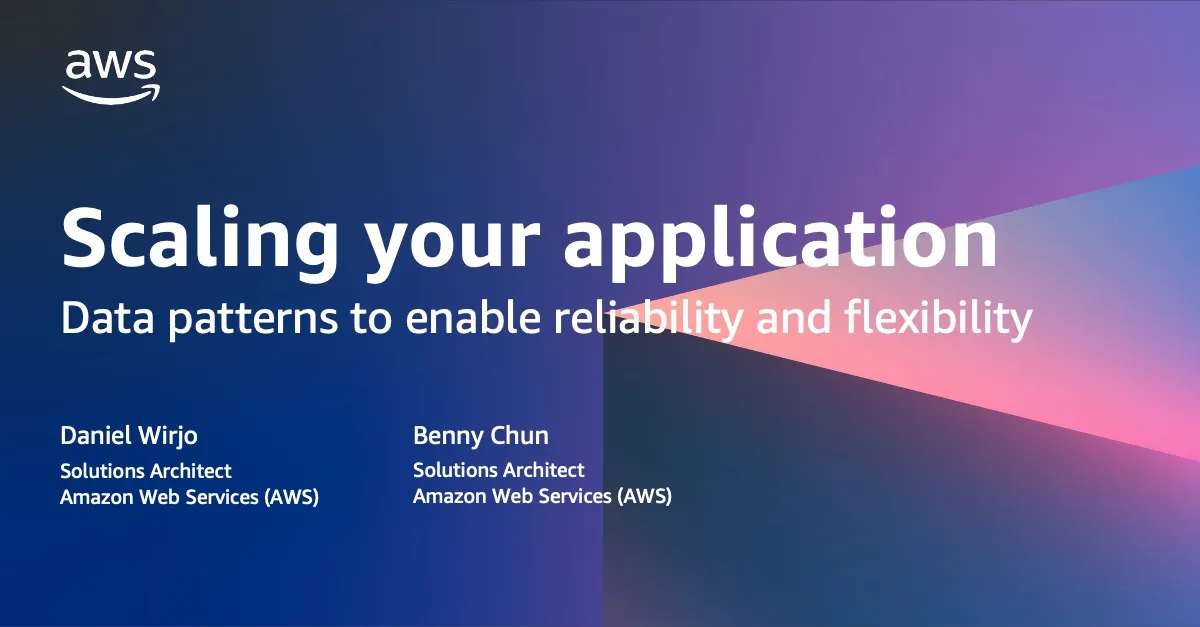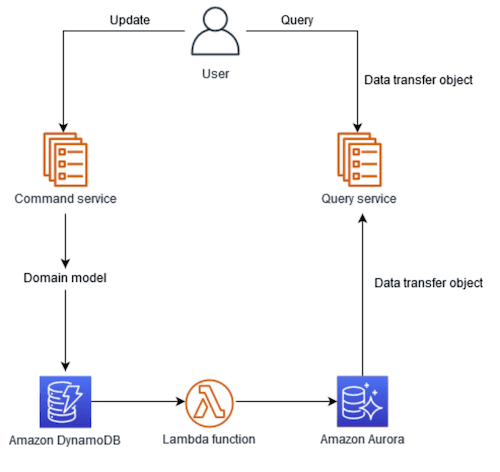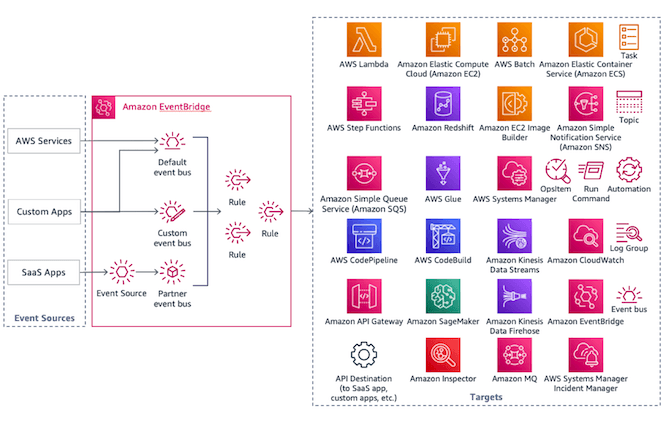
Scaling your application: Data patterns to enable reliability and flexibility
Most applications work with data. In this post, you will learn about the CQRS and Event Sourcing patterns. Two important patterns that is transforming the way we architect and manage data in modern software systems.
Transitioning from CRUD to CQRS data pattern
Utilising RDS Read Replicas as a simple form of CQRS
Moving beyond a single database service
Transitioning from monolith to microservices using the Event Sourcing pattern
Understanding events using Domain Driven Design (DDD)
Designing an architecture to handle events
Handling event-driven operations using Amazon EventBridge
- Command Model: Manages write operations like creating or updating records, encapsulating the logic to change the system's state.
- Query Model: Manages read operations, optimized for retrieving information and possibly having different data representations for specific views.

- Parallel Querying: It's tailored to dissect complex queries, ensuring comprehensive analytics isn’t bogged down by large datasets.
- Columnar Storage: This mechanism is particularly efficient for analytical query patterns. Read this article to understand the advantages of columnar storage for analytical workloads.
- Eventual vs Immediate Consistency: The CQRS pattern, especially in distributed AWS environments, often leans towards eventual consistency. It's pivotal to evaluate whether this model aligns with your application's requirements.
- Synchronising AWS Services: If you're leveraging separate AWS services for read and write operations, ensuring consistent data synchronisation becomes crucial.
- Cost Impacts: Operating distinct AWS services for command and query operations might elevate costs. It's essential to evaluate the financial trade-offs against the performance and scalability benefits.

Any opinions in this post are those of the individual author and may not reflect the opinions of AWS.
